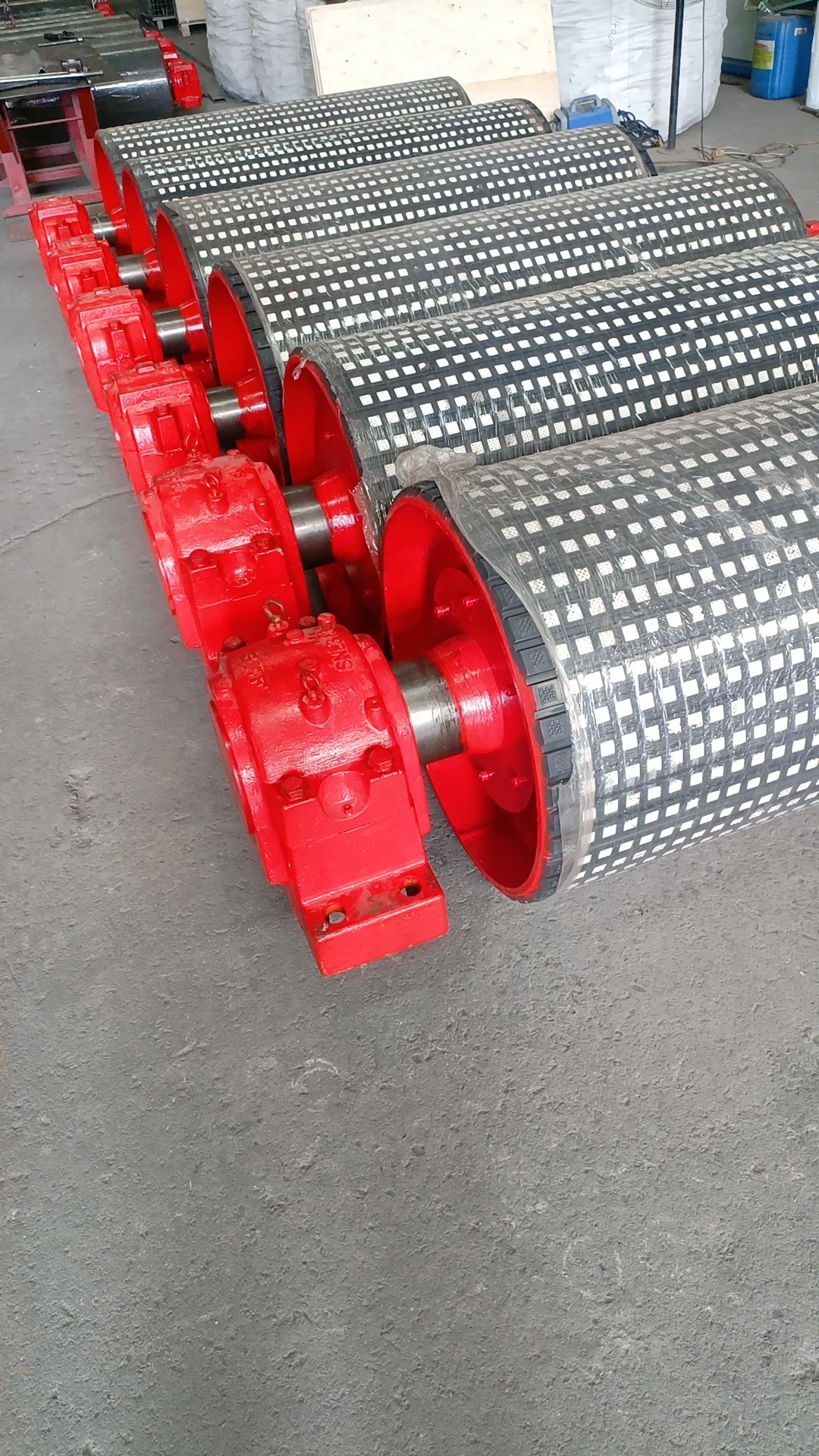 Afrikaans
Afrikaans  Albanian
Albanian  Amharic
Amharic  Arabic
Arabic  Armenian
Armenian  Azerbaijani
Azerbaijani  Basque
Basque  Belarusian
Belarusian  Bengali
Bengali  Bosnian
Bosnian  Bulgarian
Bulgarian  Catalan
Catalan  Cebuano
Cebuano  Corsican
Corsican  Croatian
Croatian  Czech
Czech  Danish
Danish  Dutch
Dutch  English
English  Esperanto
Esperanto  Estonian
Estonian  Finnish
Finnish  French
French  Frisian
Frisian  Galician
Galician  Georgian
Georgian  German
German  Greek
Greek  Gujarati
Gujarati  Haitian Creole
Haitian Creole  hausa
hausa  hawaiian
hawaiian  Hebrew
Hebrew  Hindi
Hindi  Miao
Miao  Hungarian
Hungarian  Icelandic
Icelandic  igbo
igbo  Indonesian
Indonesian  irish
irish  Italian
Italian  Japanese
Japanese  Javanese
Javanese  Kannada
Kannada  kazakh
kazakh  Khmer
Khmer  Rwandese
Rwandese  Korean
Korean  Kurdish
Kurdish  Kyrgyz
Kyrgyz  Lao
Lao  Latin
Latin  Latvian
Latvian  Lithuanian
Lithuanian  Luxembourgish
Luxembourgish  Macedonian
Macedonian  Malgashi
Malgashi  Malay
Malay  Malayalam
Malayalam  Maltese
Maltese  Maori
Maori  Marathi
Marathi  Mongolian
Mongolian  Myanmar
Myanmar  Nepali
Nepali  Norwegian
Norwegian  Norwegian
Norwegian  Occitan
Occitan  Pashto
Pashto  Persian
Persian  Polish
Polish  Portuguese
Portuguese  Punjabi
Punjabi  Romanian
Romanian  Russian
Russian  Samoan
Samoan  Scottish Gaelic
Scottish Gaelic  Serbian
Serbian  Sesotho
Sesotho  Shona
Shona  Sindhi
Sindhi  Sinhala
Sinhala  Slovak
Slovak  Slovenian
Slovenian  Somali
Somali  Spanish
Spanish  Sundanese
Sundanese  Swahili
Swahili  Swedish
Swedish  Tagalog
Tagalog  Tajik
Tajik  Tamil
Tamil  Tatar
Tatar  Telugu
Telugu  Thai
Thai  Turkish
Turkish  Turkmen
Turkmen  Ukrainian
Ukrainian  Urdu
Urdu  Uighur
Uighur  Uzbek
Uzbek  Vietnamese
Vietnamese  Welsh
Welsh  Bantu
Bantu  Yiddish
Yiddish  Yoruba
Yoruba  Zulu
Zulu use of snub pulley in belt conveyor
The Use of Snub Pulley in Belt Conveyors
Belt conveyors are essential components in various industries, allowing for the efficient movement of materials over considerable distances. Among the multiple components that make up a belt conveyor system, the snub pulley plays a pivotal role in the overall performance and reliability of these conveyor systems. This article explores the importance of snub pulleys, their functions, and their benefits in belt conveyor applications.
What is a Snub Pulley?
A snub pulley is an idler pulley that is positioned in a way to increase the wrap angle of a conveyor belt around a driving pulley. Typically, this pulley is placed at the discharge end of the conveyor, adjacent to the drive pulley. By adjusting the belt's path around the drive pulley, a snub pulley enhances the friction between the belt and the drive, improving power transfer and reducing slippage.
Functions of a Snub Pulley
1. Increased Belt Tension One of the primary functions of a snub pulley is to increase the overall tension in the conveyor belt. This is particularly important in applications where high resistance is present due to the weight of the materials being transported. The tension provided by a snub pulley helps to maintain optimal belt performance and prevents excessive sagging.
2. Improved Drive Efficiency By increasing the wrap angle of the belt around the drive pulley, the snub pulley enhances frictional grip. This improves the efficiency of power transmission from the motor to the conveyor belt, ensuring that the belt moves seamlessly without slipping, thereby maintaining the desired speed and reducing wear on the components.
3. Belt Tracking and Alignment Proper belt tracking is crucial for the longevity of a conveyor system. Snub pulleys help guide the belt along its intended path, ensuring it remains centered on the pulleys. This minimizes the risk of misalignment that can cause premature wear or damage to the belt and other conveyor components.
use of snub pulley in belt conveyor

4. Adjustable Tensioning In some designs, snub pulleys can be adjustable, allowing operators to fine-tune the tension in the belt as needed. This flexibility is especially beneficial in applications where variations in load occur regularly, ensuring consistent performance across various operating conditions.
Benefits of Using Snub Pulleys
1. Enhanced Reliability With a snub pulley in place, the likelihood of slippage is significantly reduced, enhancing the reliability of the entire conveyor system. This leads to fewer breakdowns and maintenance issues, ultimately contributing to increased operational efficiency.
2. Reduced Maintenance Costs By improving the overall performance and life span of the conveyor belt, snub pulleys can help lower maintenance costs. A well-maintained system reduces the need for frequent replacements of belts and pulleys, contributing to cost savings over time.
3. Higher Material Handling Capacity By facilitating better tension management and reducing slippage, snub pulleys allow for higher material handling capacities. This is critical in environments where increased throughput is necessary to meet production demands.
4. Energy Efficiency Improved drive efficiency translates to lower energy consumption, making the conveyor system more environmentally friendly. As energy costs rise, the efficient operation of conveyor systems becomes increasingly important for manufacturers and service providers.
Conclusion
In conclusion, snub pulleys play a critical role in the effective functioning of belt conveyors. From increasing tension and improving drive efficiency to ensuring proper belt tracking and alignment, these components contribute significantly to the reliability and efficiency of material handling systems across various industries. Their benefits in terms of cost savings, energy efficiency, and enhanced operational performance underscore the importance of incorporating snub pulleys in the design and implementation of belt conveyor systems. As industries continue to seek ways to optimize their processes, the utilization of snub pulleys will undoubtedly remain a key consideration in conveyor technology.
-
Revolutionizing Conveyor Reliability with Advanced Rubber Lagging PulleysNewsJul.22,2025
-
Powering Precision and Durability with Expert Manufacturers of Conveyor ComponentsNewsJul.22,2025
-
Optimizing Conveyor Systems with Advanced Conveyor AccessoriesNewsJul.22,2025
-
Maximize Conveyor Efficiency with Quality Conveyor Idler PulleysNewsJul.22,2025
-
Future-Proof Your Conveyor System with High-Performance Polyurethane RollerNewsJul.22,2025
-
Driving Efficiency Forward with Quality Idlers and RollersNewsJul.22,2025





























